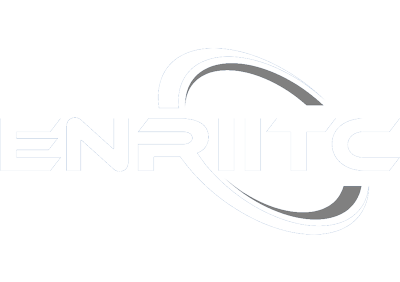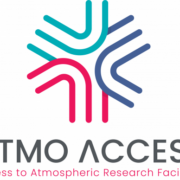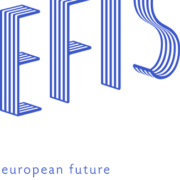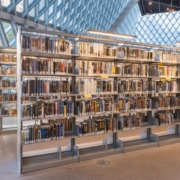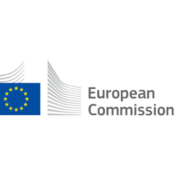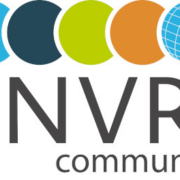ATMO-ACCESS: the call for Associated Partners is now open
ATMO-ACCESS invites researchers, both from academia and industry, working in relevant fields to cooperate with us through our Associated Partnership programme.
ATMO-ACCESS provides coordinated open physical, remote and virtual access to state-of-the-art facilities and services in atmospheric research infrastructures (RI). ATMO-ACCESS addresses the needs for developing guidelines and recommendations for establishing a comprehensive and sustainable framework for access to distributed atmospheric RIs.
The project mobilizes resources in the different atmospheric RI communities (ACTRIS, ICOS, IAGOS) to engage facilities and national stakeholders into harmonizing access procedures in relation to policies, conditions for access and financial regulations. ATMO-ACCESS aims at enlarging the range of products, capabilities and accessibility of different research facilities to offer complementary and innovative services, including digital services, as part of a joint cross-RI effort.
Read more here.
